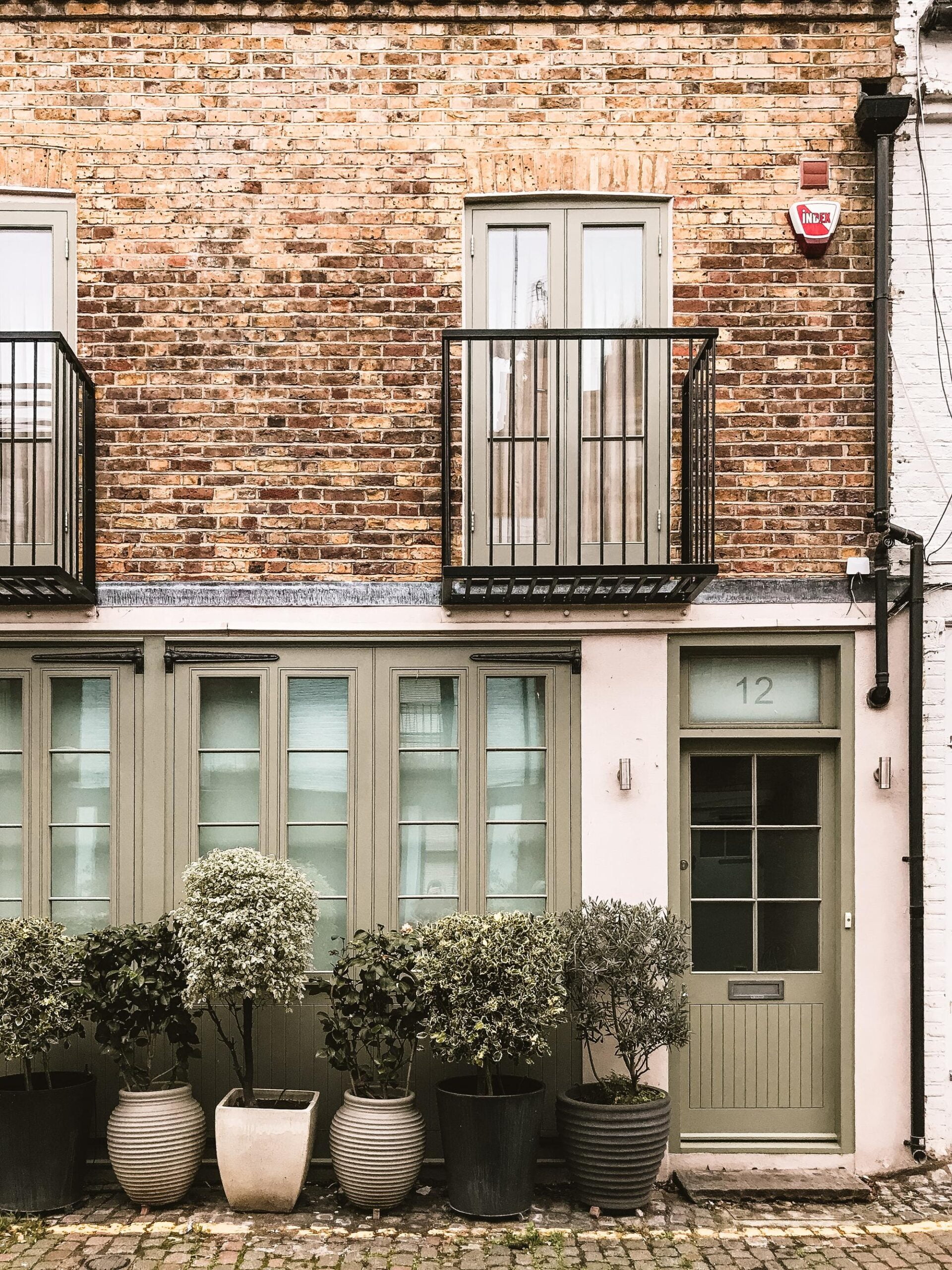

Garden rooms have become a popular addition to homes, offering flexible living spaces that can serve various purposes from offices to hobby rooms. The lifespan of these structures is a key consideration for homeowners contemplating their long-term value. Here, we explore the factors that influence the durability and longevity of garden rooms.
Materials: The choice of materials plays a critical role in the durability of garden rooms. High-quality, weather-resistant materials such as treated timber, composite cladding, or insulated panels are essential for enhancing longevity. These materials help withstand the rigours of adverse weather and minimise wear over time[1].
Construction Quality: The overall design and construction quality significantly impact how long garden rooms last. Proper insulation, adequate ventilation, and effective drainage systems are crucial in preventing issues like damp and mould, which can severely shorten the structure’s lifespan[1].
Maintenance: Regular maintenance is key to extending the life of a garden room. Activities such as treating wooden structures with protective coatings, cleaning gutters, and checking for damage can help ensure the garden room remains in good condition for 20 years or more[1].
– Basic Garden Rooms: Typically last between 10-15 years. These are often the most basic models with minimal features and lower quality materials.
– Mid-Range Options: With better construction and materials, these garden rooms can last 20-30 years.
– High-End Constructions: Built with premium materials and advanced construction methods, these can last from 30 up to 60 years or more[3].
– Western Red Cedar: Known for its longevity, typically lasting 40-60 years.
– Composite Wood: Offers a lifespan of 25-40 years.
– Cement Fibreboard: Extremely durable, often lasting over 50 years[3].
– uPVC: Generally lasts between 20-35 years.
– Aluminium: A more durable option, lasting 30-45 years[3].
Breather Membranes: These are essential for protecting against moisture and typically last 25-40 years[3].
1. Gutter Cleaning: Regularly clearing gutters to prevent water build-up and potential damage.
2. Seasonal Adjustments: Check and adjust windows and doors as they may expand or contract with seasonal temperature changes.
3. Roof Maintenance: Keep the roof clear of debris to prevent water accumulation.
4. Cladding Care: Apply protective coatings to exterior cladding to guard against weathering.
5. Structural Inspections: Regularly inspect for any cracks or staining that may indicate structural issues[4].
With careful selection of materials, robust construction, and diligent maintenance, a garden room can be a lasting investment that enhances your property for many years. Investing in quality up front and adhering to a regular maintenance schedule can ensure your garden room remains a valuable and usable space long into the future.
If you need help with this topic then please fill out the form below and we'll put you in touch with an expert architect local to you who can help. Alternatively you can email us: email us